Chapter 11
Motivation Theories and Applications
By Boundless

Motivation is a term that refers to the process that elicits, controls, and sustains certain behaviors.
The classical theory of motivation includes the hierarchy of needs from Abraham Maslow and the two-factor theory from Frederick Herzberg.
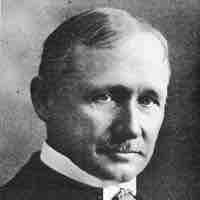
Scientific management, also called Taylorism, concerns the analysis and synthesis of workflows to improve productivity.
George Elton Mayo concluded that people's work performance is dependent on both social issues and job content.

The Hawthorne effect refers to a series of studies starting in 1924 at the Hawthorne Works concerning productivity.
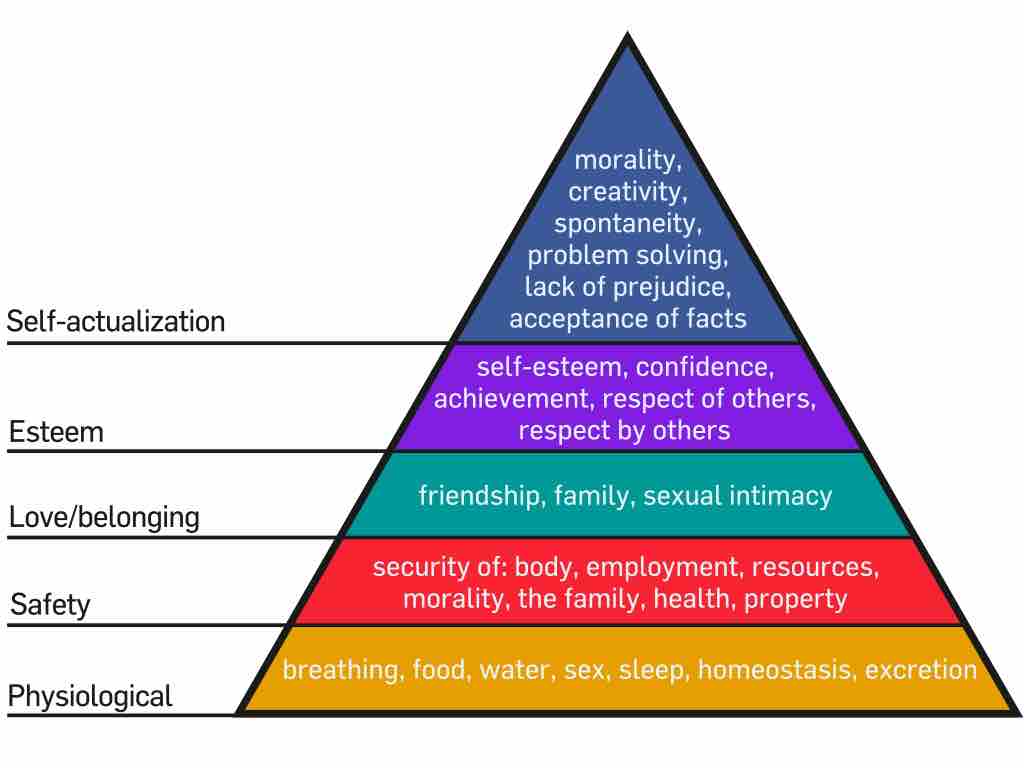
Maslow's hierarchy of needs are a series of physiological and emotional requirements for human contentment, arranged in order of necessity.

The Two-factor theory indicates that one set of factors at work cause job satisfaction, while another set of factors cause dissatisfaction.
Theory X and Theory Y describe two contrasting models of workforce motivation applied by managers in human resource management, organizational behavior, organizational communication, and organizational development.

Ouchi's theory focuses on increasing employee loyalty to the company by providing a job for life and focusing on the employee's well-being.

Equity theory states that perceptions of equality in the input/outcome ratio of employees determines their relative job satisfaction.
Expectancy Theory postulates that an individual's motivation can be derived through identifying an appropriate expectation.

If done correctly, having more specific and well-enumerated goals lead to higher performance and a greater chance of achieving those goals.
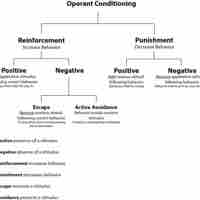
Reinforcement theory, or operant conditioning, is a implementation of cause and effect thinking into workplace motivation.
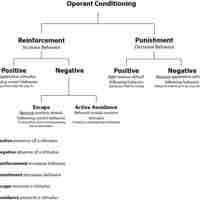
Modifying behavior through reinforcement and environmental stimuli can increase positive actions and decrease negative actions in the workplace.
Designing jobs and job characteristics strategically to empower employee satisfaction and motivation is a central responsibility of management.

Under flextime, workers are allowed to determine their work schedule instead of working during the standard hours of 9 a.m. to 5 p.m.

Cross training involves workers being trained in tangent job functions, while job sharing involves two people working together on the same job.
Innovations in technology have allowed for telecommuting, a practice in which employees work from home or on the go.
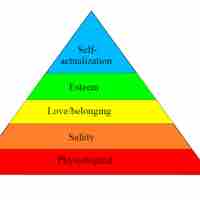
Employees are often empowered and motivated by responsibility, autonomy, and participation in setting their own objectives.
Various business and compensation models focus on empowering employee ownership in pursuit of a higher level of commitment and motivation.